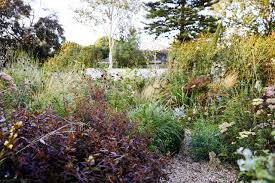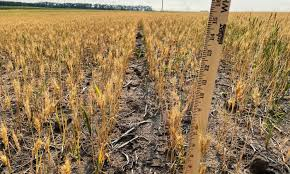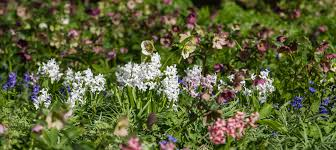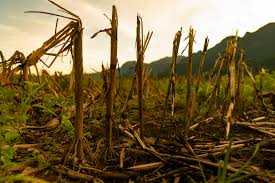Gardening, though rewarding, is always a gamble. This becomes especially clear when a seemingly reliable crop fails. Take, for example, my experience with cucumbers this past season. After years of successful harvests, I found myself staring at a nearly empty pickle shelf in my pantry. The six jars of dill pickles on the shelf were made from cucumbers I purchased at the local farmer’s market—my own garden’s contribution was a bust. At first, the failure seemed inconsequential during the height of the gardening season, but the realization of a missing staple hit me hard. How did it happen? And more importantly, how do we recover when failure strikes?
You might be asking similar questions about your own garden. After years of practice, it’s disheartening when a crop you expect to thrive doesn’t. Hindsight shows where things could’ve been done differently, but there’s also the puzzling fact that crop failures seem to follow a pattern. Every year, a different crop seems to be affected by something unexpected—whether it’s pests, weather, or an unforeseen mistake. Still, gardening is always worth it, as the successes generally outweigh the setbacks.

The Role of Weather in Crop Failures
One of the biggest factors contributing to crop failure is the weather. Gardening is so often at the mercy of weather patterns, and sometimes it feels like the odds are against you. Hailstorms can devastate a garden in minutes, and while relentless rain or scorching heat can leave plants in distress, some crops seem to thrive despite the conditions. For instance, my cucumbers failed due to persistent rain when they needed sun. However, my snap beans and peppers flourished in the same weather conditions, producing bumper crops.

Handling Early Setbacks
Sometimes early issues in the season can be remedied with quick action. For example, if wind knocks over a flat of seedlings, it’s often possible to start over. Over the years, I’ve learned to not sow an entire packet of seeds at once. It’s a good strategy to expect the best but prepare for the worst, especially when it comes to germination. Gaps can be filled with extra seeds from backup packets, allowing you to keep the momentum going even when things go awry.
Embracing Unpredictable Success
In my experience, a crop failure is often counterbalanced by an unexpected success. Take 2012, when a few puppies dug up my winter squash plants right as they began to bloom. By the time I realized the damage, it was too late to replant. But, a handful of battered sweet potato slips a friend gave me proved to be surprisingly resilient. These sweet potatoes thrived and produced an abundant harvest, filling in for the missing squash. That year also turned out to be excellent for carrots, offering an unexpected bonus to the garden.
A similar occurrence happened in 2011 when voles devoured my first crop of seed potatoes. Despite the setback, my parsnips and fennel grew beautifully, and my rutabagas were a huge success. These unexpected victories helped me move past the disappointments and showed me that flexibility and persistence are key to gardening.
Moving Forward with Optimism
As I look toward next year’s gardening season, I embrace the uncertainty. Crop failures are inevitable, but they are rarely the end of the story. In the case of my missing cucumbers, I found solace in a batch of pickled green beans I made when I realized the cucumbers were a no-go. This small success was enough to restore my optimism and reinforce the value of flexibility. The key lesson? Keep planting, stay flexible, and trust that successes will come.

In the end, gardening is about more than just the harvest; it’s about adapting to change, learning from mistakes, and always moving forward. Even in a season full of failures, there’s always a reason to remain hopeful for the next one.
